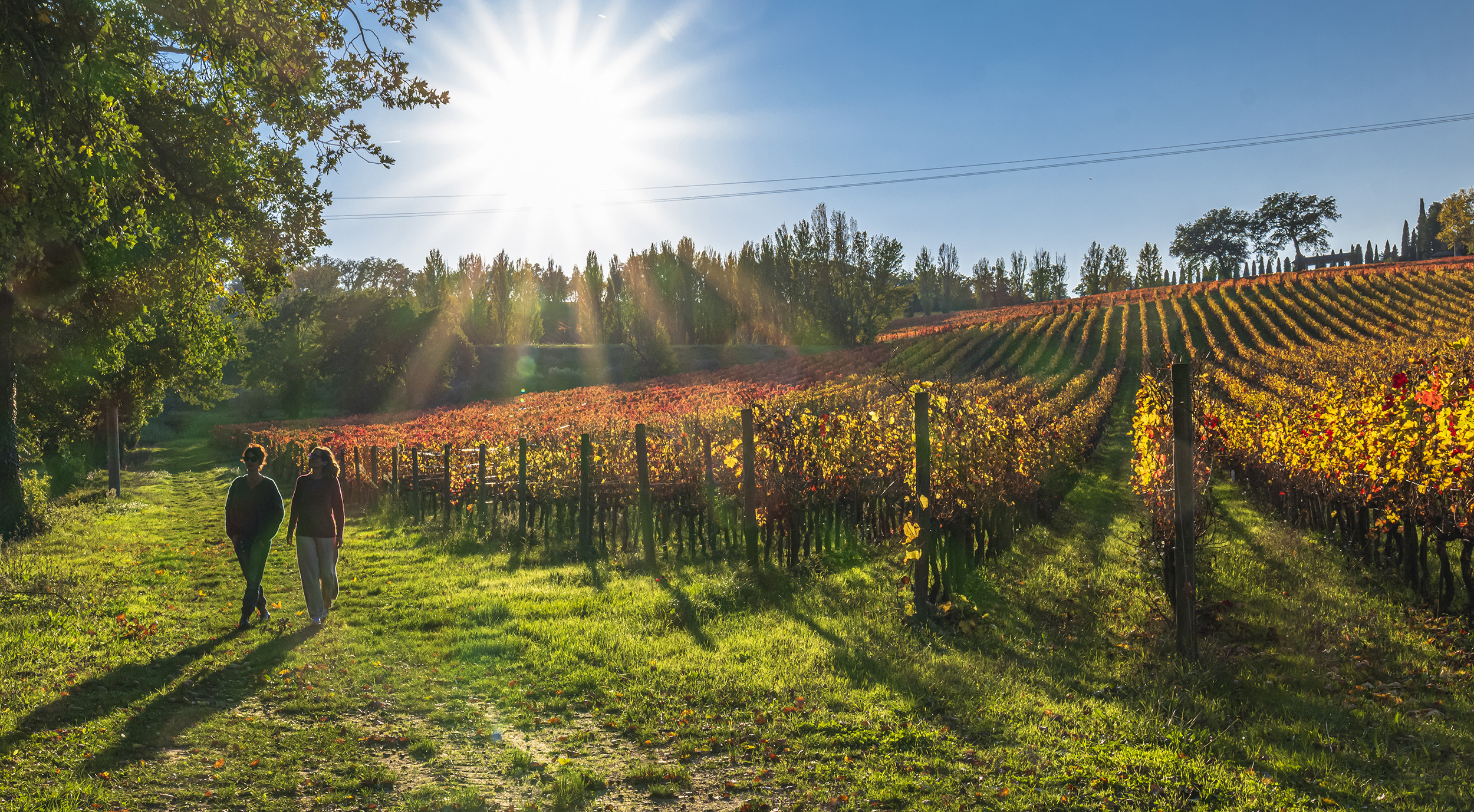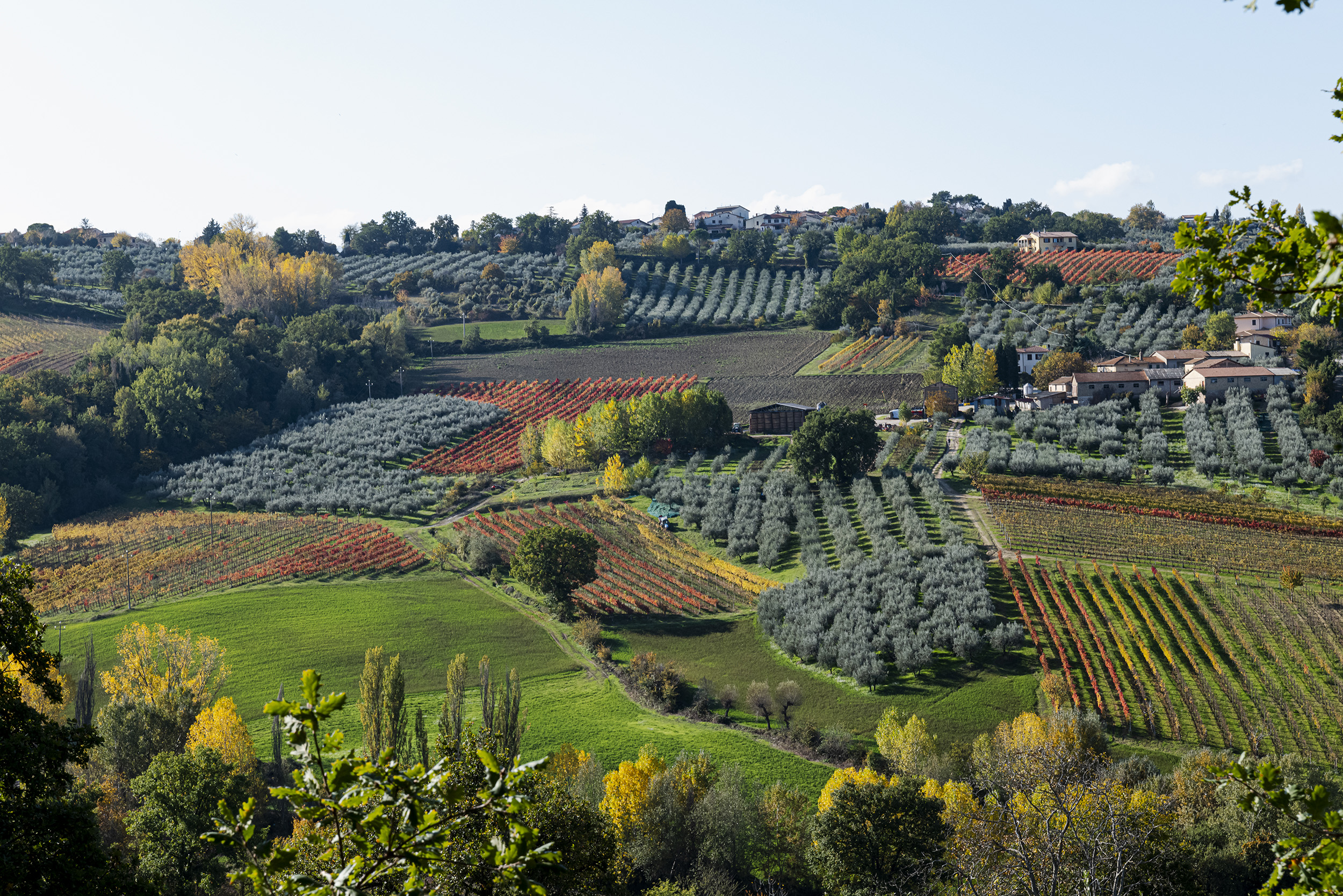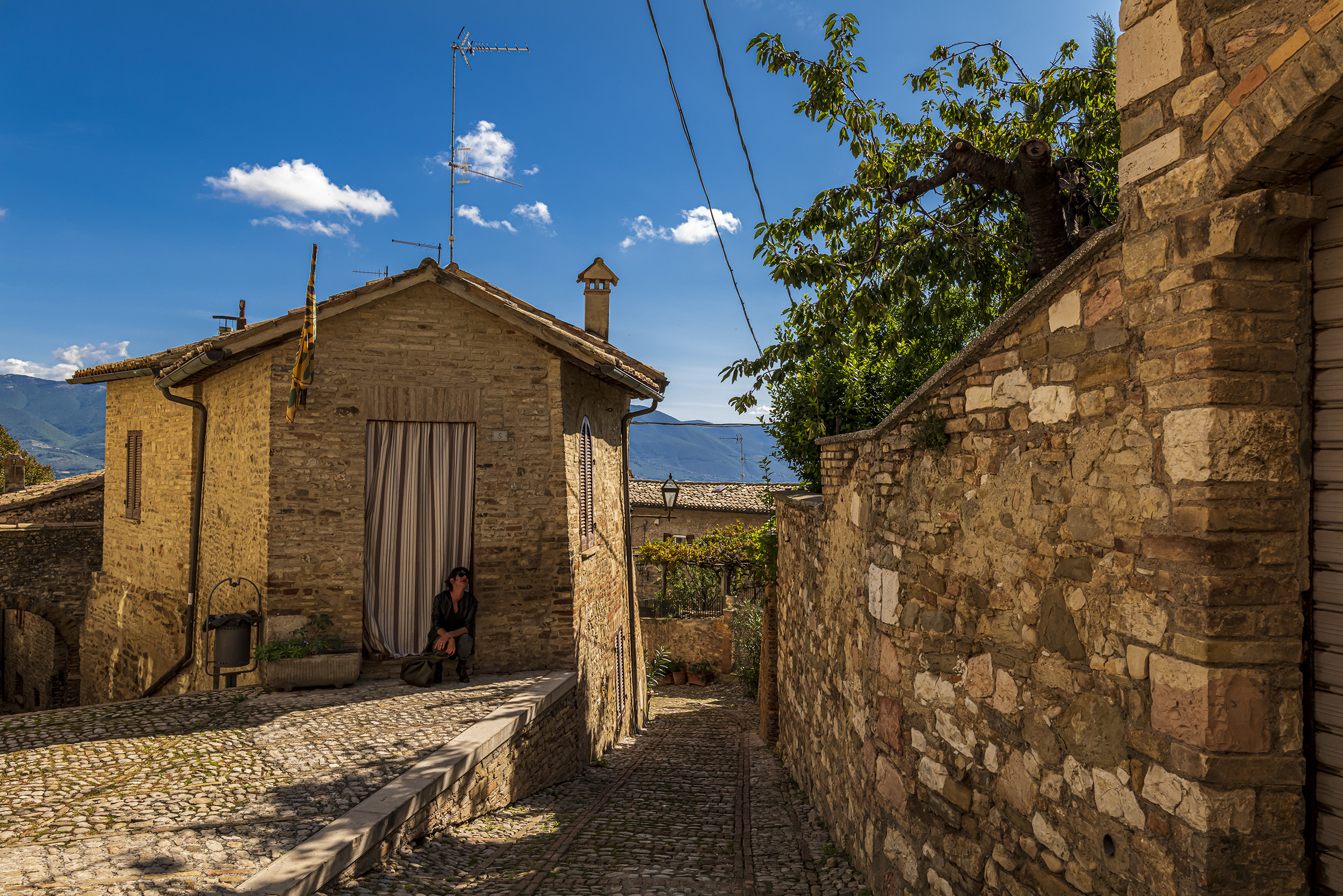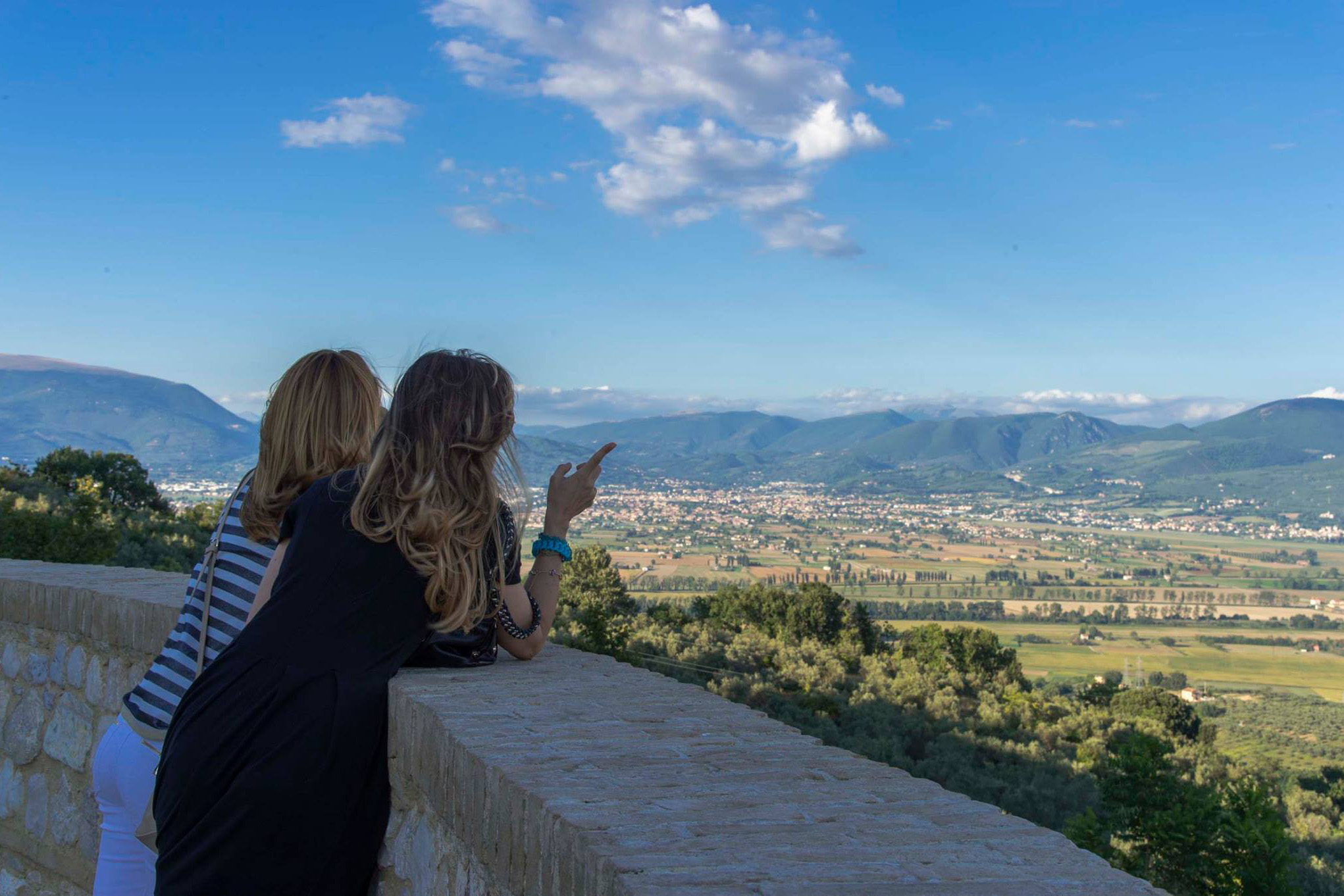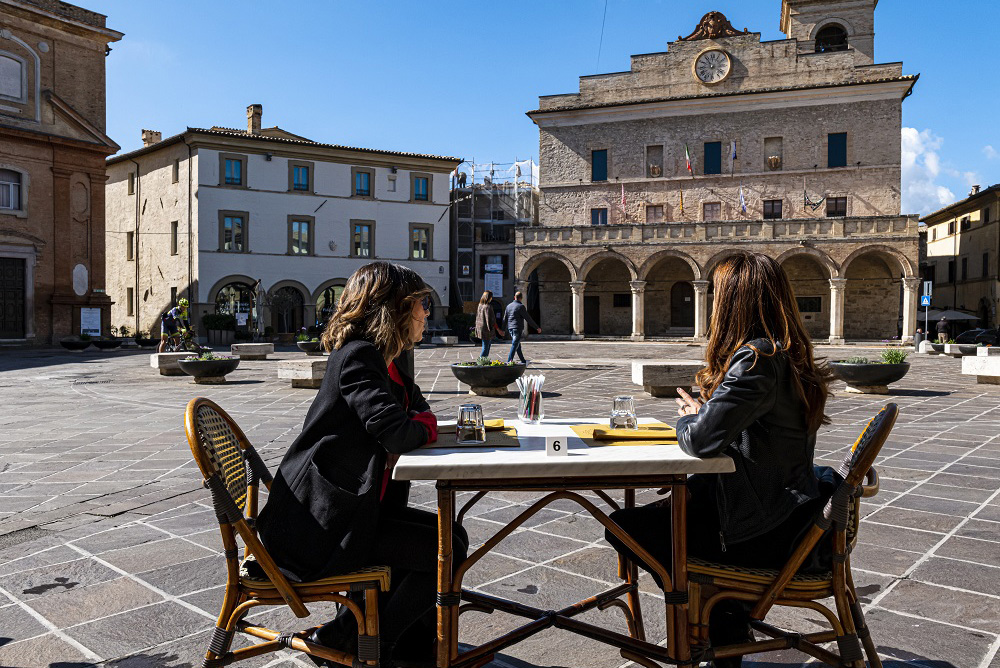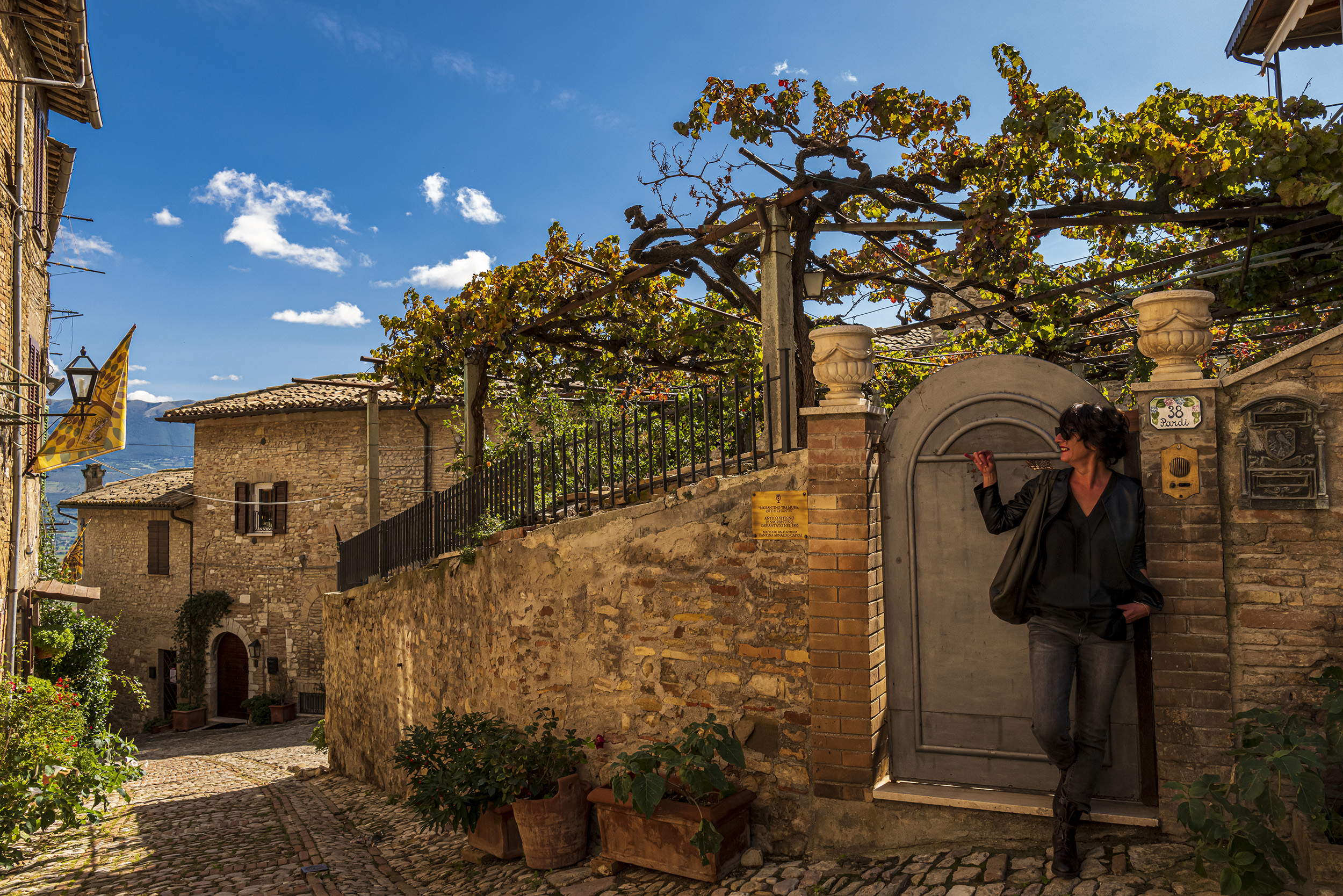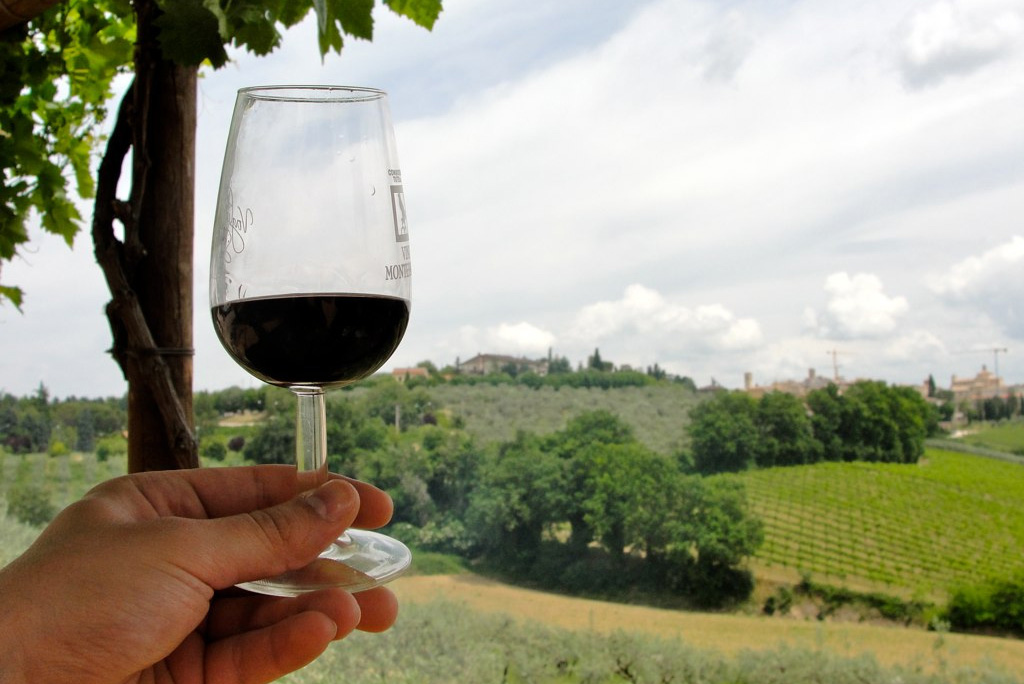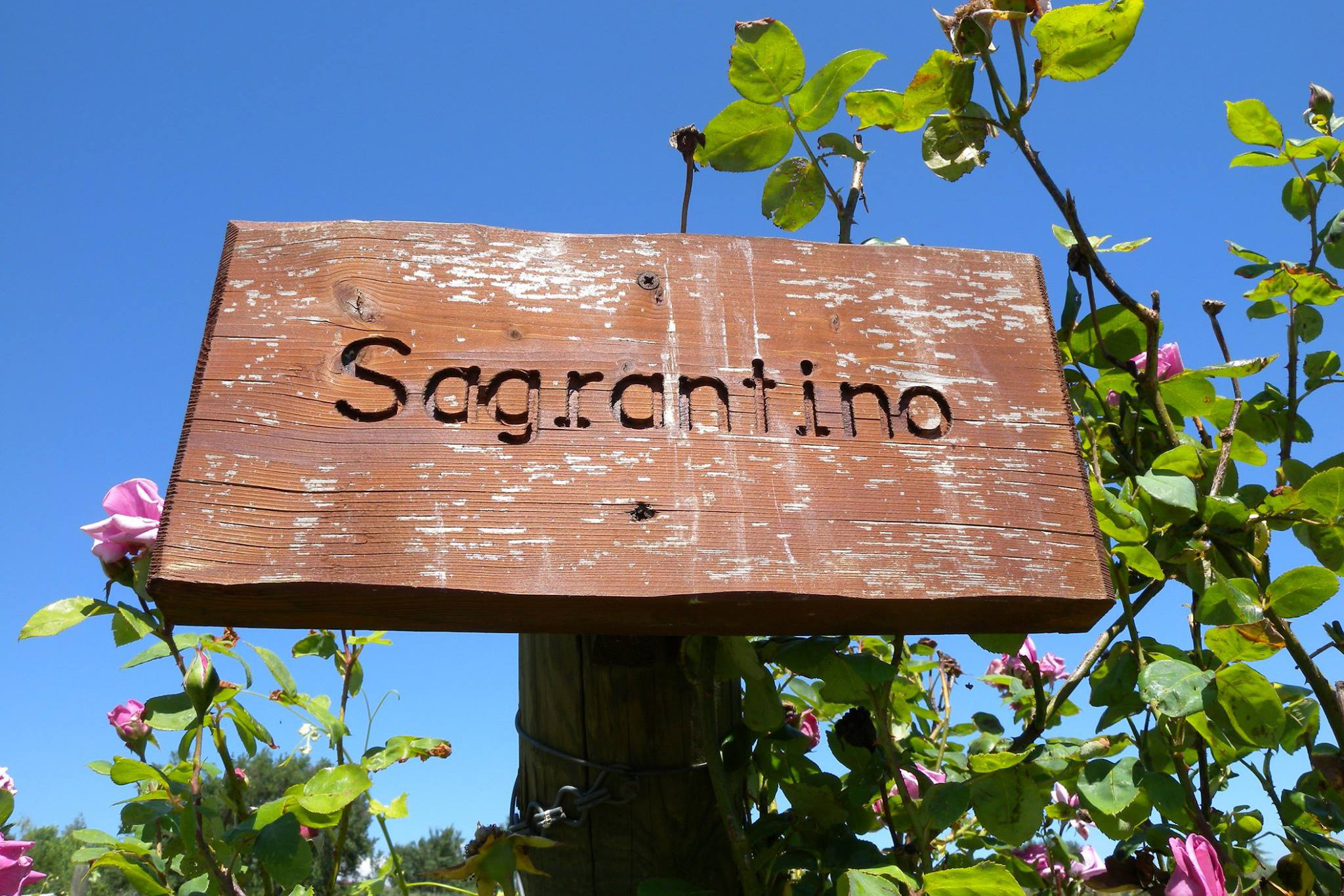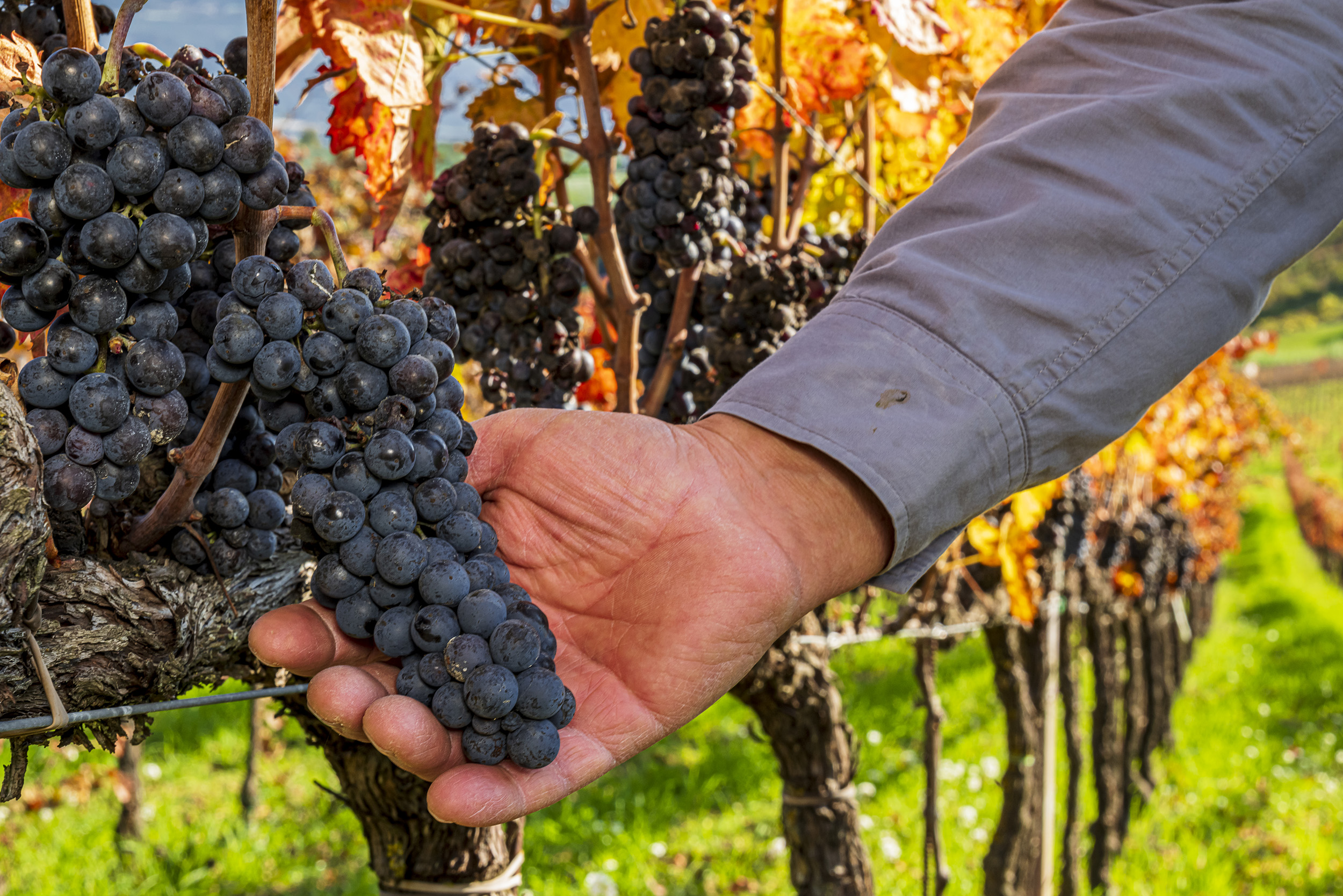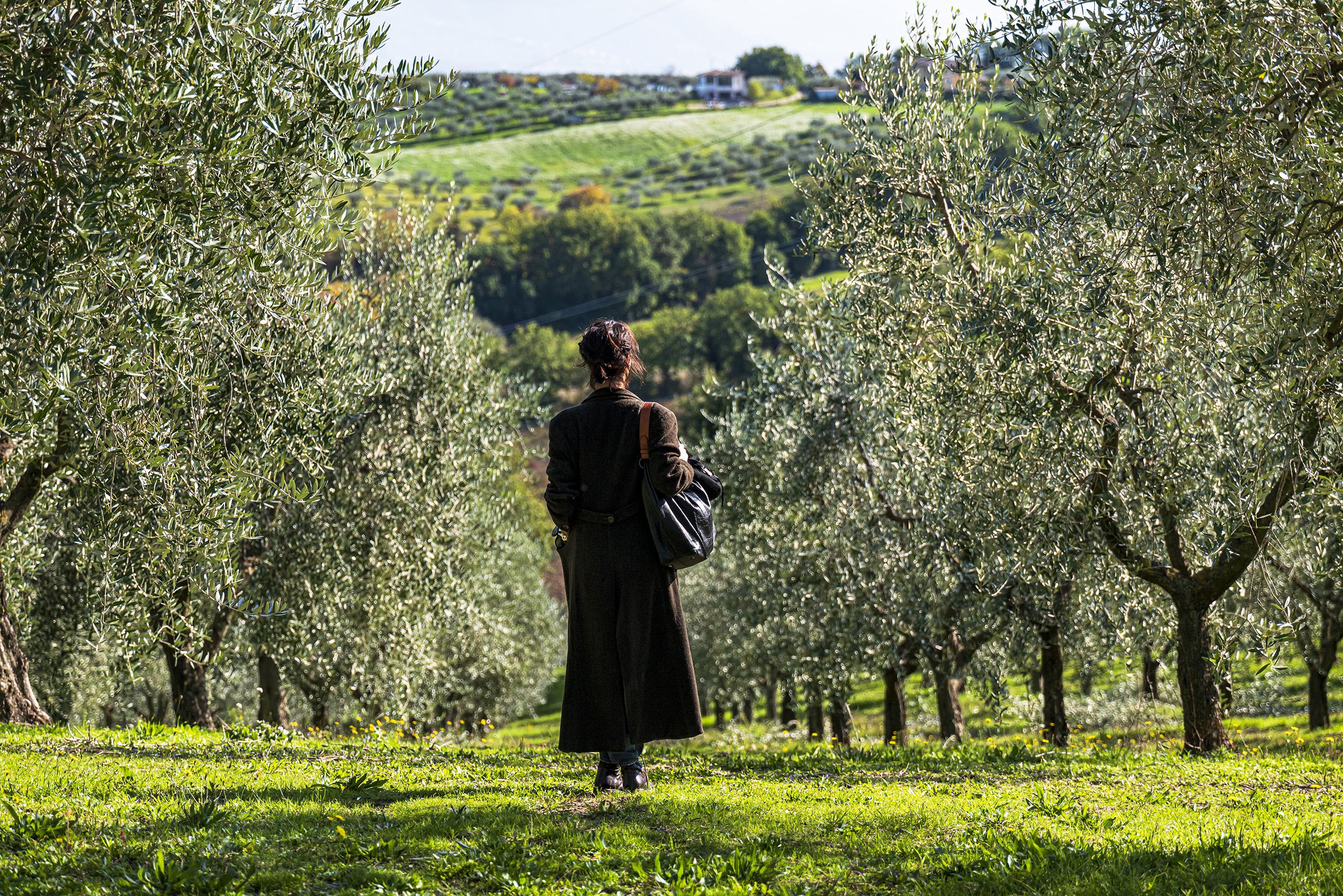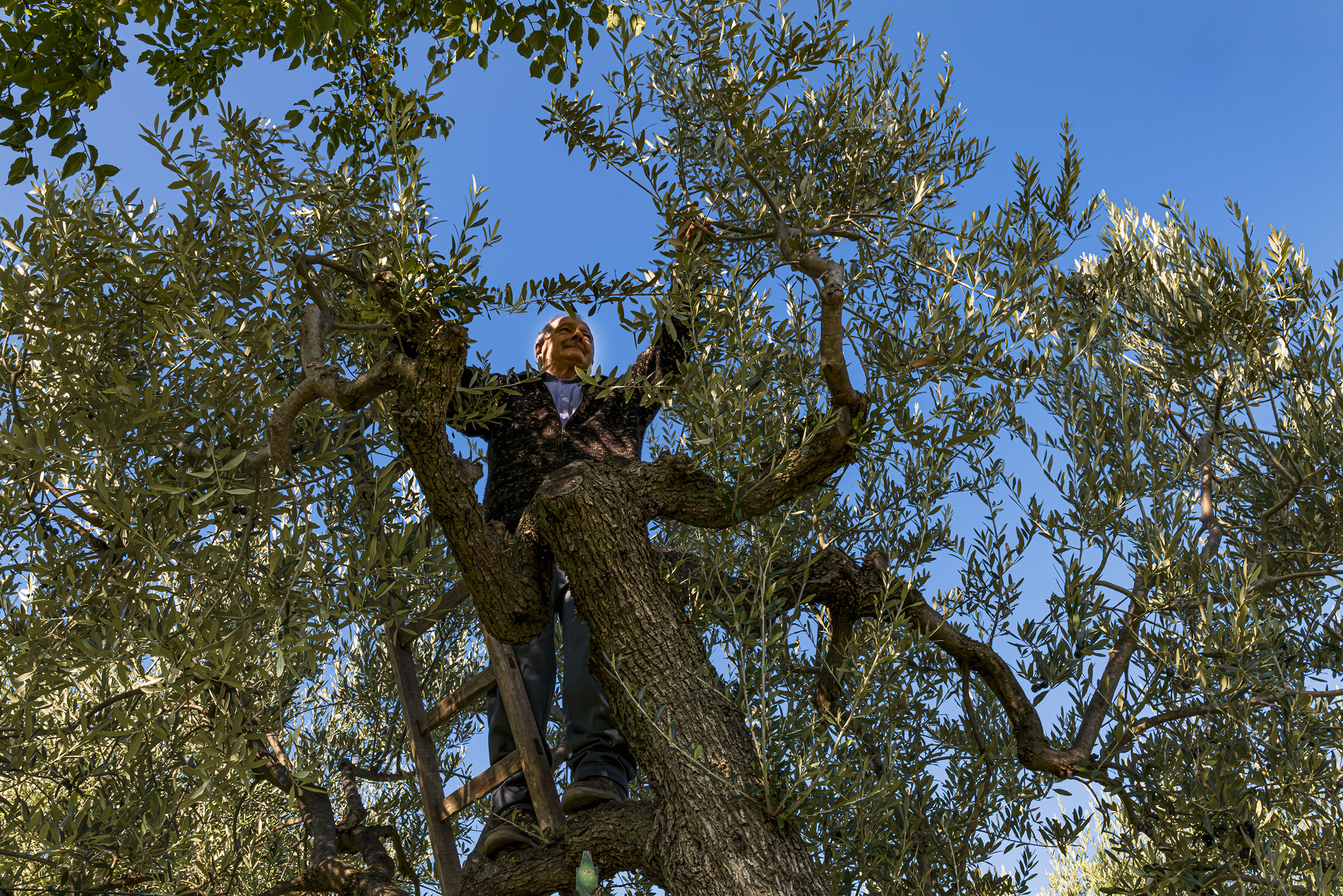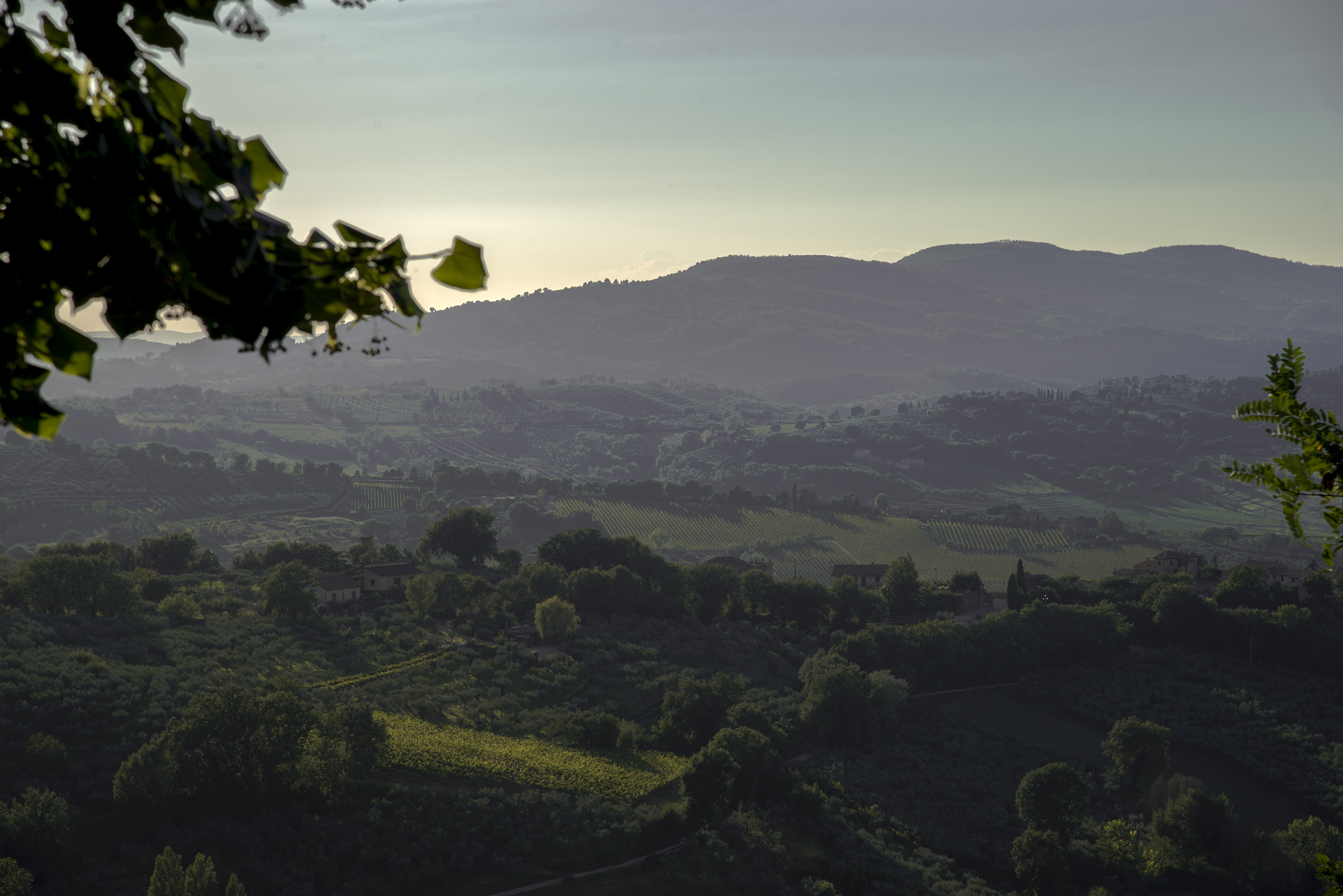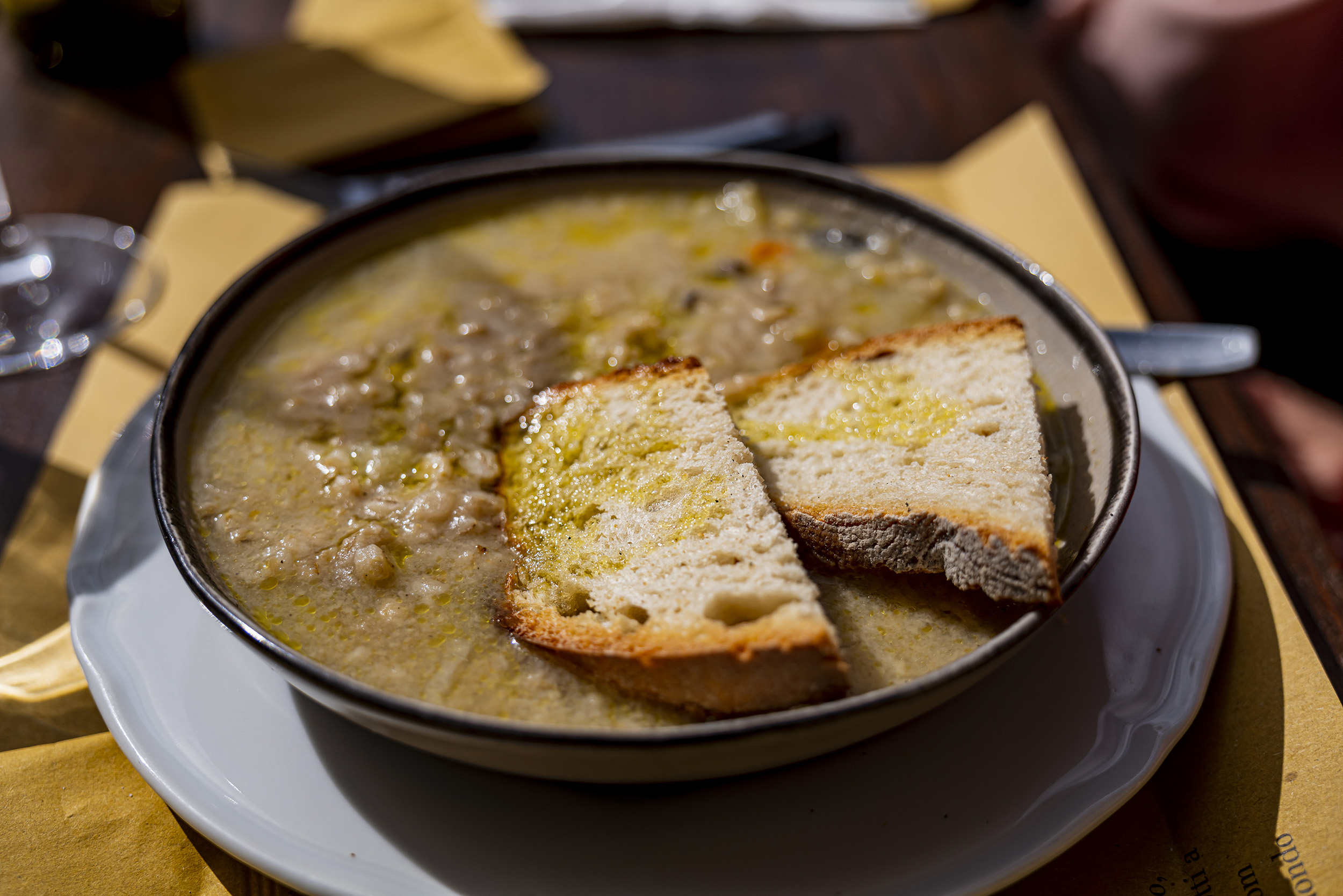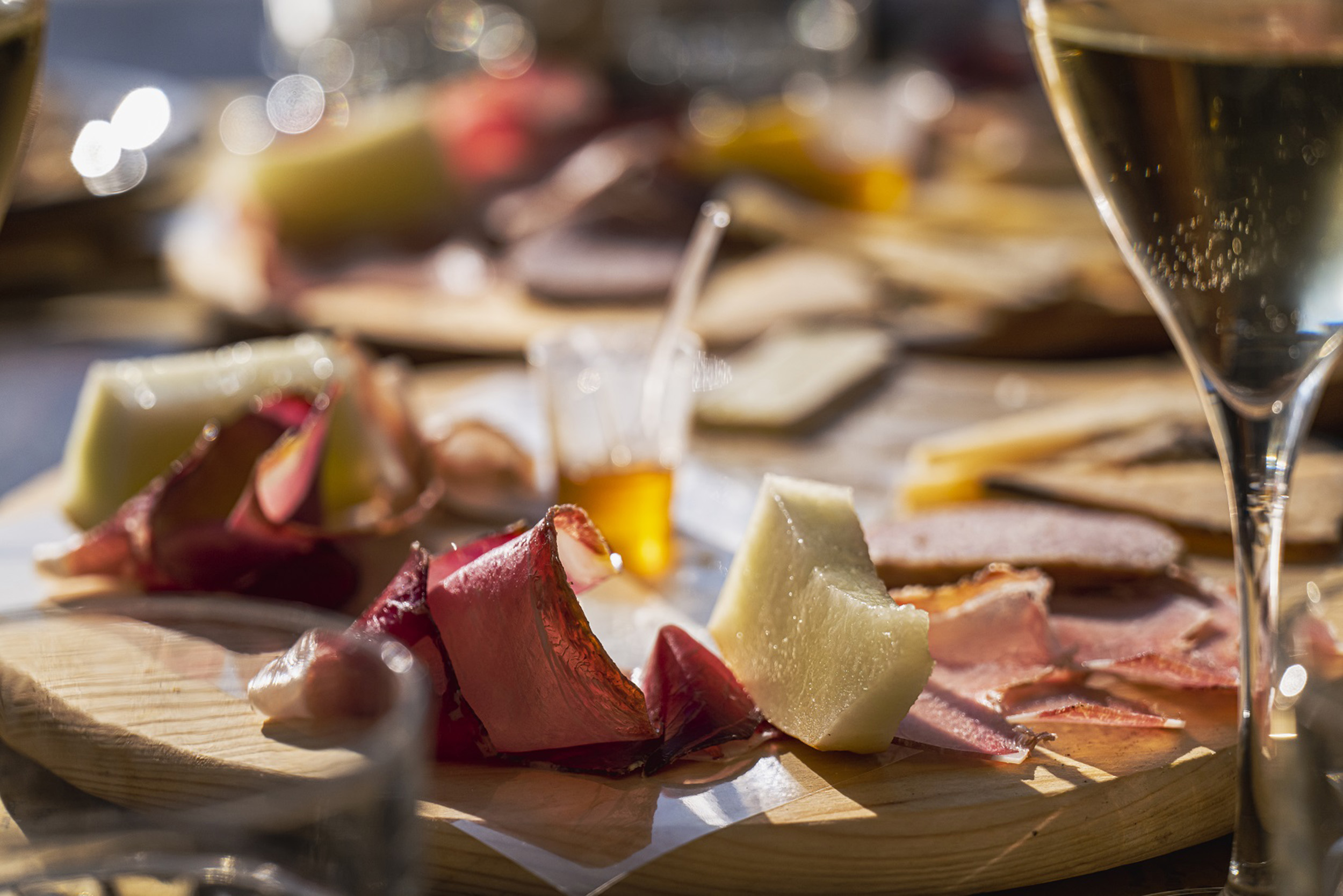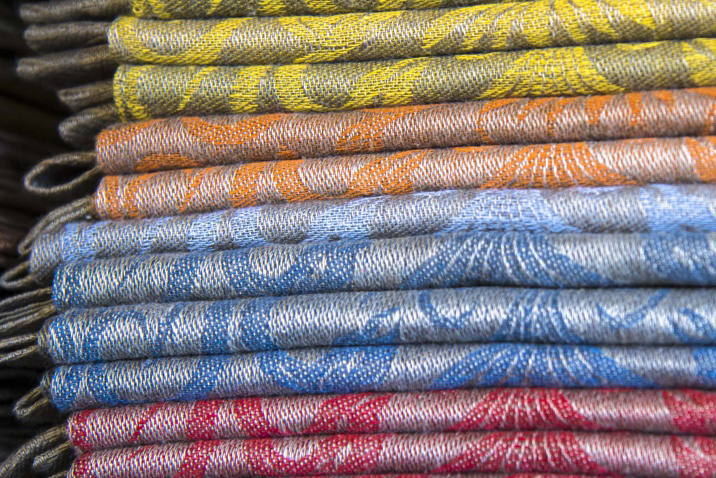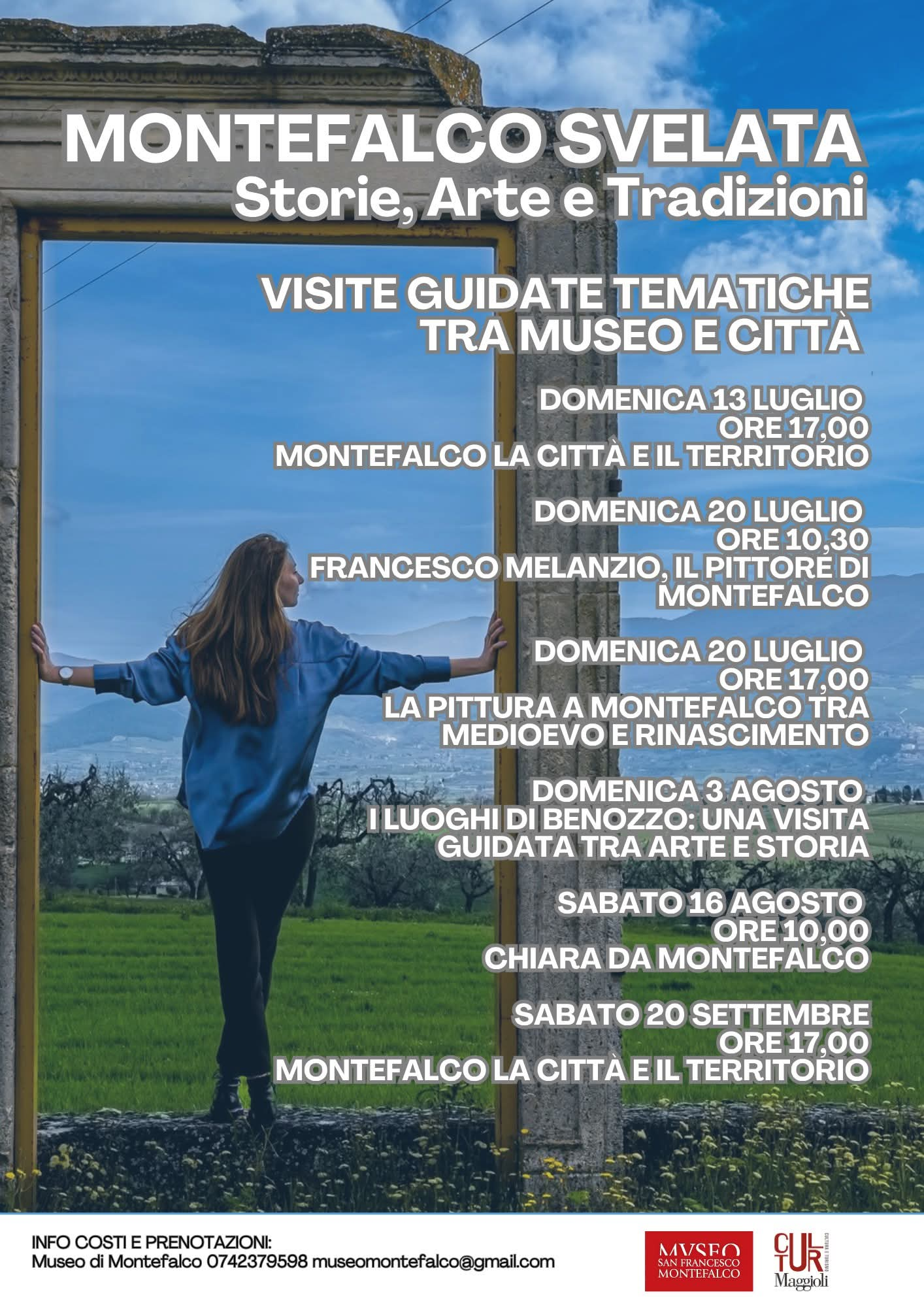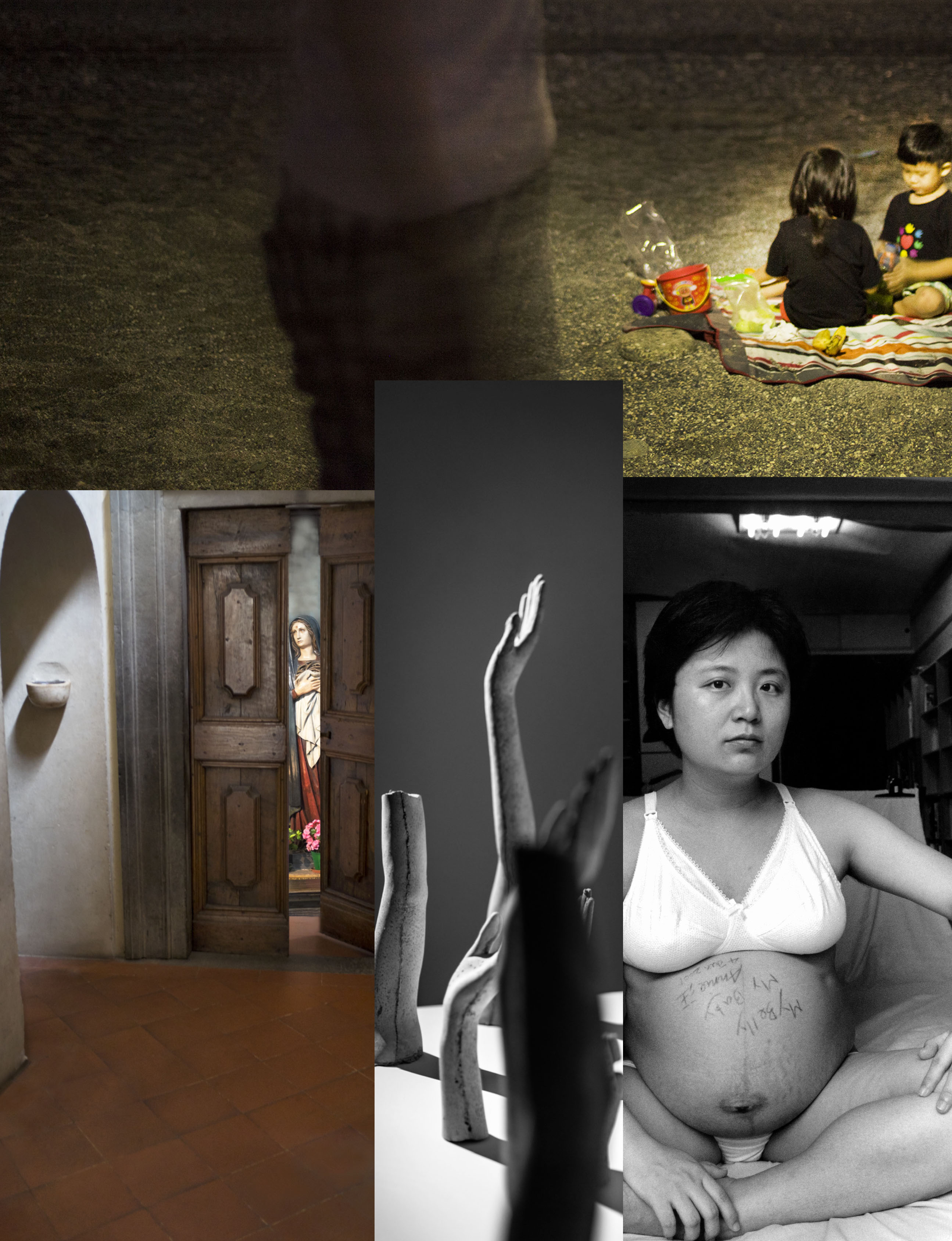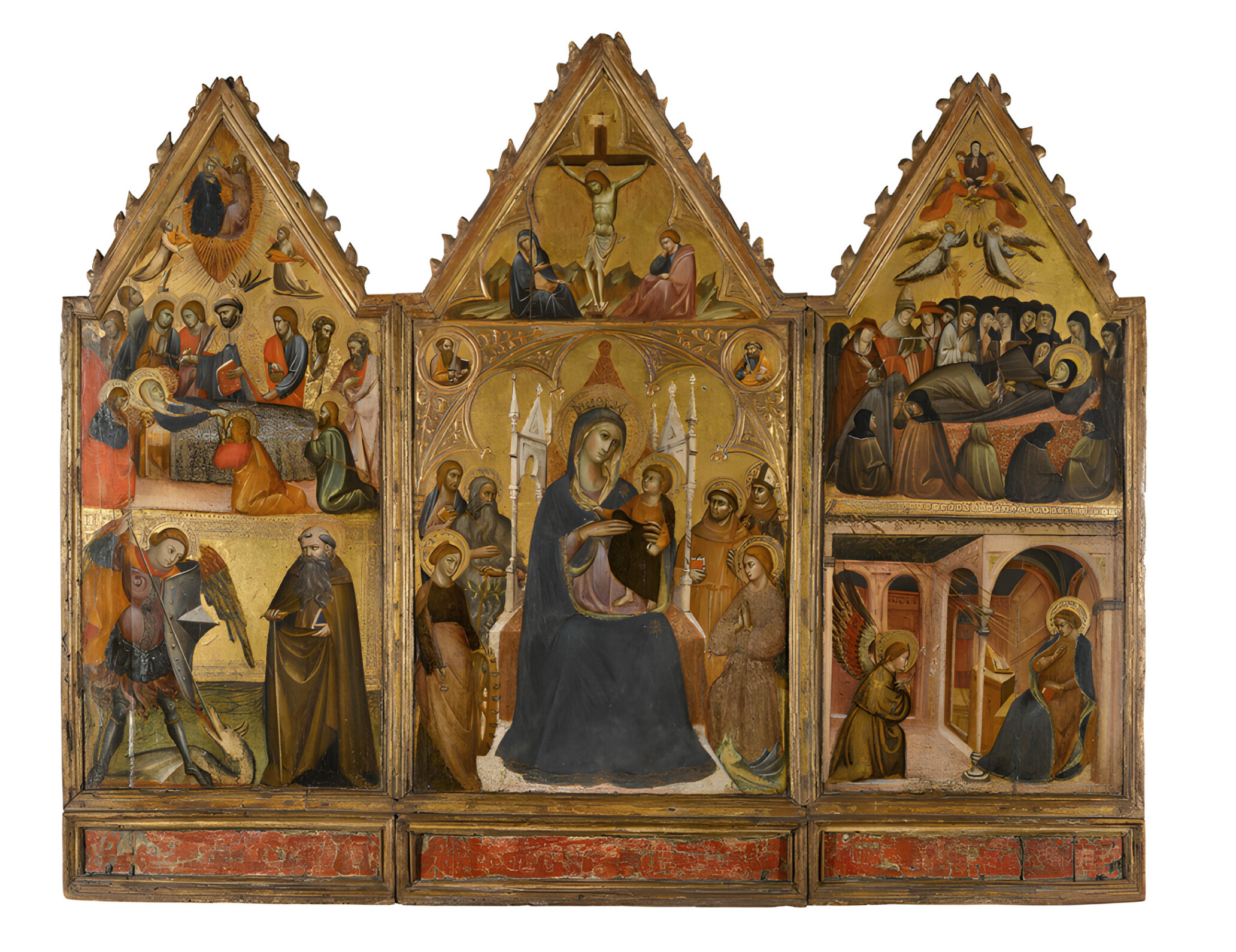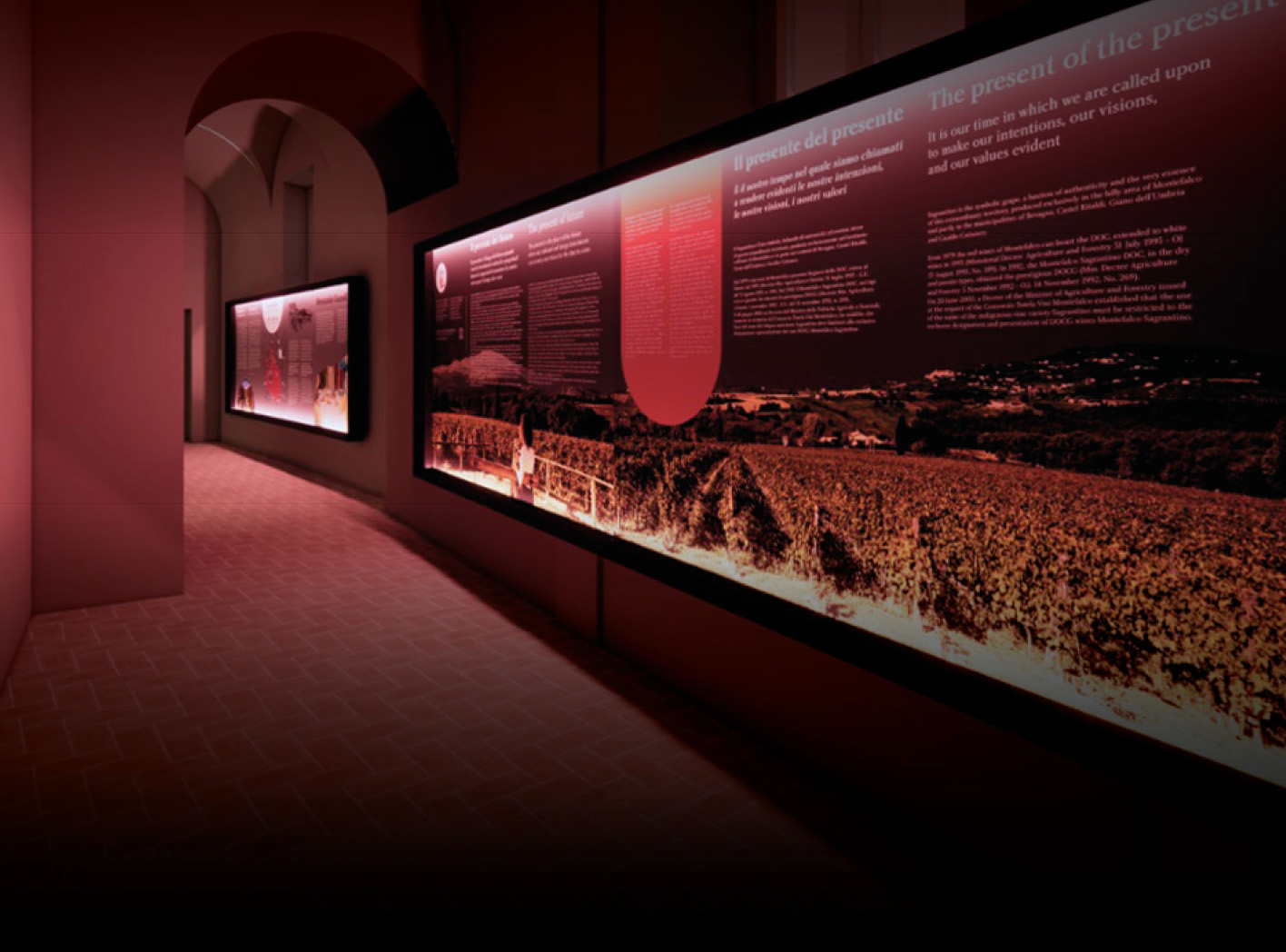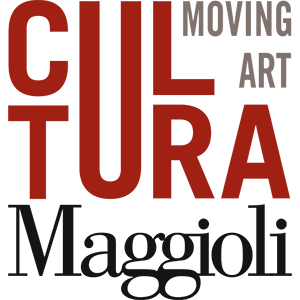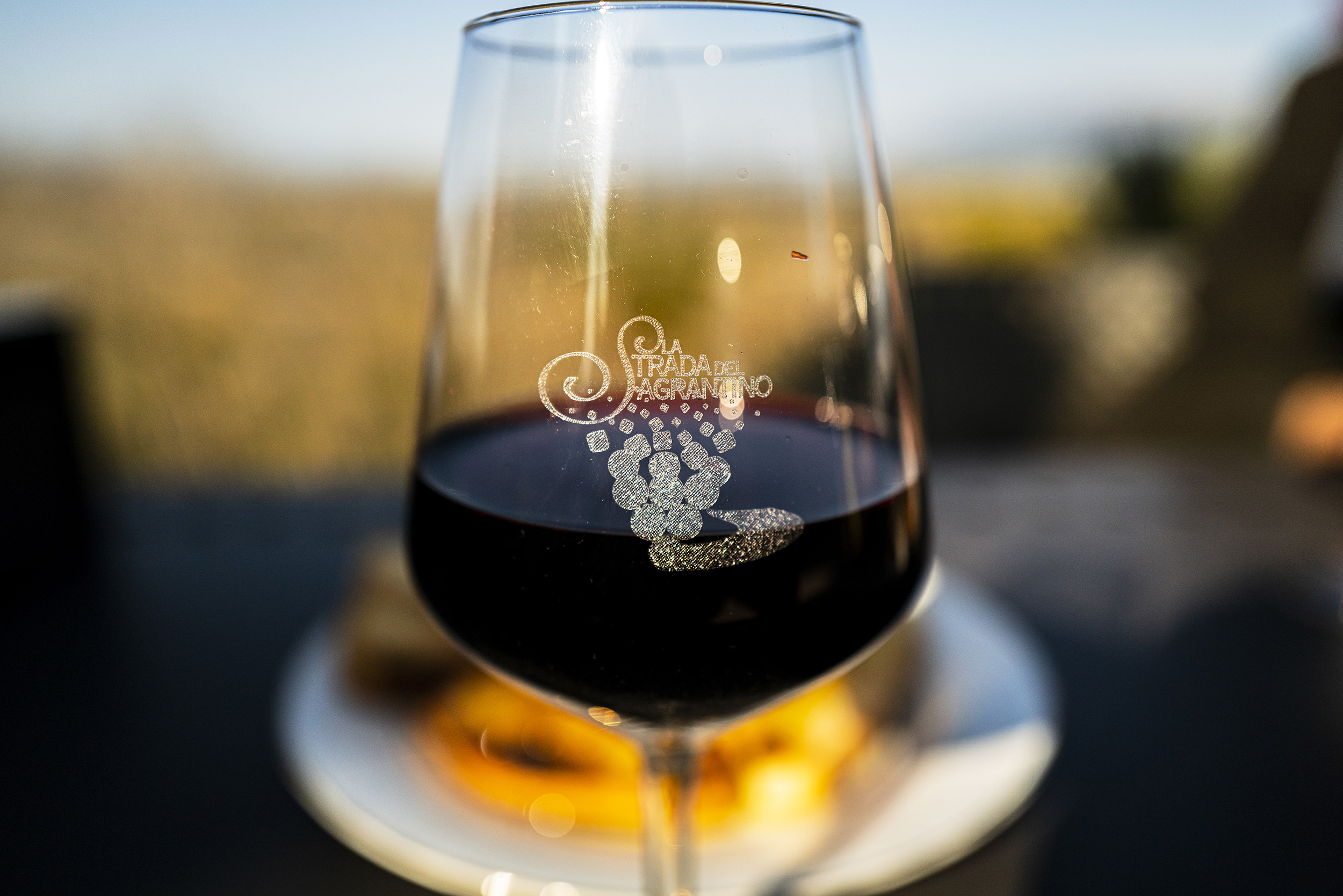
In Montefalco, nature and history share the same table
Montefalco
Originally, it was probably a rural village inhabited by Umbrian populations. In Roman times, the hill was populated by patrician villas, of which there are significant epigraphic and sculptural remains, many in the civic museum, and numerous place names like Assignano, Camiano, Col Verano, Rignano, Satriano, Vecciano. From 1180 we have news of the castrum of Cocoroni (or coronis), which was already a free commune in the 12th century. At the end of 1249, the name changed from Coccorone to Montefalco, according to local tradition, in homage to Frederick II given his well-known passion for hunting with peregrine falcons. In fact, the emperor stayed here in 1240, after having visited Foligno to organise the cities loyal to him against the Papacy.
Between 1320 and 1325 it was the favourite seat of the papal governors of the Duchy of Spoleto. Later, from 1379 to 1424 and again from 1438 to 1439, it was ruled by the Trinci family of Foligno. No longer under the dominion of the Church, it was ruled for a short time by Niccolò Maurizi da Tolentino, who reorganised its administration and divided the territory into four districts. From then on, there was a phase of notable civil, economic and artistic development, interrupted in 1527 by the sacking by Orazio Baglioni's soldiers and a series of plagues. In 1848, the municipal territory expanded, with the addition of the Castles of Fabbri, Fratta and San Luca, which had separated from Trevi following restoration of the Papal States in 1812. Thanks also in exchange for an early painting by Benozzo Gozzoli, previously housed in the Church of San Fortunato, Montefalco obtained the coveted title of city from Pius IX, former Archbishop of Spoleto.
